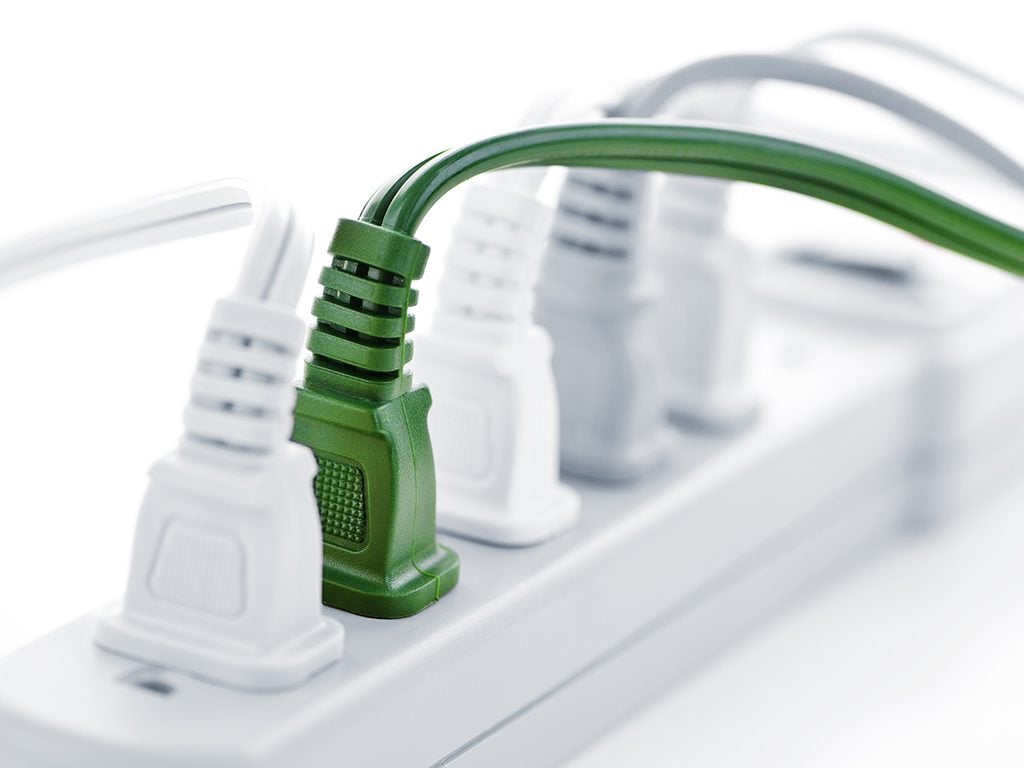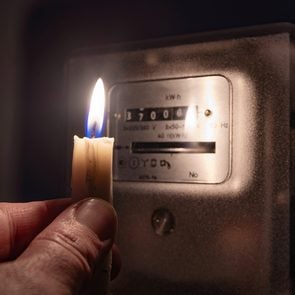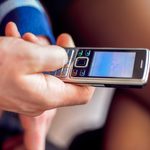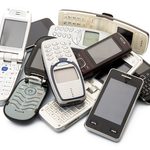Never Do This With Power Bars

Power bars are a smart way to turn a single electrical outlet into six (or more), but they can be dangerous if used improperly.
Our entire lives run on electricity, and if we’re being honest here, no one’s house has enough power outlets to keep everything running and charged. That’s why we rely so heavily on power bars to turn one plug into six or more, stretching the capabilities of our home’s electrical system. But there are a few rules you’re probably breaking when it comes to power bar use. Here are nine things you should never do with power bars.
Never plug a power bar into another power bar
If your power bars don’t reach quite far enough or you need some extra plugs, it’s tempting to string multiple bars together, daisy-chaining them by plugging one into the next. In a word—don’t. Not only is it against half a dozen regulations in a professional setting, but it can also cause one or more of the bars to fail or even catch fire.
Never use indoor power bars outdoors
While there are power bars that are designed for outdoor applications, unless your bar’s packaging specifically says it’s suited for outdoor use, it’s not designed to stand up to weather and water. Keep it inside and find one you can use safely out in the elements.
Never overload a power bar
Every power bar has a load capacity, which means it can only move so much power through its circuits at any given time. Overloading the bar can create a fire hazard, melting the plastic and damaging your home or business as well as any surrounding equipment. If you’re worried about overloading a power bar, take the time to determine the amperage requirements of everything you’re going to plug into it. Or perhaps consider buying a power strip that has a separate switch for each outlet.
Never put a power bar under a rug
As electricity moves, the electrons can generate heat. Normally, this isn’t a problem, but if you put your power bar under a rug or in a tightly enclosed space, it can create a fire hazard. In addition, if you step on it or any attached power cables, you can damage them, which can create a shock and/or fire hazard. (Create a safe environment and check your surroundings for potential dangers with our healthy home checklist.)
Never plug beauty tools into a power bar
Hairdryers, curling irons, straighteners and other beauty tools all create heat and draw quite a bit of amperage to generate that heat. Power bars aren’t designed to generate that kind of consistent high amperage, so these beauty tools should be plugged into a GFCI-protected outlet.
Never use a damaged power bar
How many times have you looked at a power bar, seen one burned-out outlet, then just plugged your device into the next socket that seemed okay? Don’t do that. If one socket is burned, chances are high that there is internal damage inside the power bar. That’s a fire hazard.
Never get a power bar wet
This should be common sense, but it happens often enough that it bears repeating. Electricity and water do not mix. Don’t get your power bar wet, or you risk frying yourself and everything that’s plugged into the strip.
Never plug in a sump pump
Not only do you not want to get your power bar wet, you also don’t want it in areas with wetness potential, such as bathrooms and basements. It might seem like a good idea to plug your sump pump into a power bar, but think again. Better to go with a GFCI outlet that’s well above floor level in case the sump pump fails and flooding occurs.
Never leave them near children
A quick Google search will show you plenty of horror stories about kids putting fingers, toys and forks into outlets and power bars. Don’t assume that they know better. Teach them to stay away from outlets, install outlet plugs in all wall and power bar outlets and don’t leave power bars in places where young children might think they’re something to play with.
Next, brush up on these house fire facts to keep your family and property safe.






